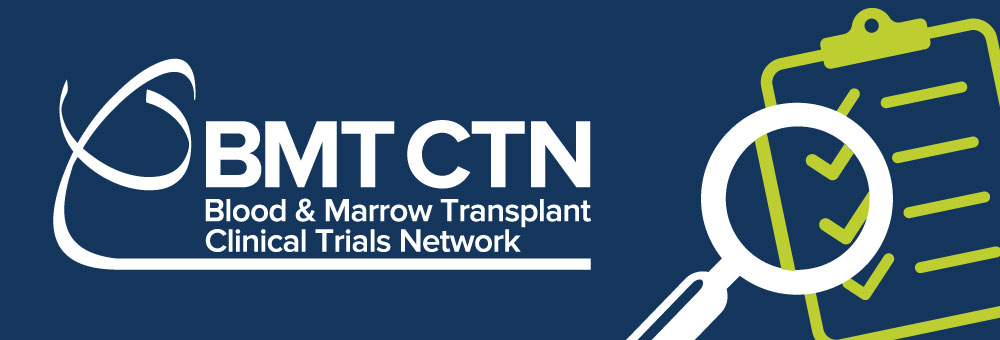PTCy/Tac/MMF should be new standard of care to prevent GVHD
Success in allogeneic hematopoietic cell transplantation (alloHCT) is defined by preventing both disease (blood cancers, in this case) relapse and graft-versus-host disease (GVHD). For decades, the standard of care to prevent GVHD has remained the same - a calcineurin inhibitor such as tacrolimus plus methotrexate (TAC/MTX).
It’s not like anyone was resting on their laurels. Attempts to improve on Tac/MTX were made but usually with an increased risk of serious infections or disease relapse. Even when those attempts reduced the risk of acute GVHD, they didn’t reduce the risk of chronic GVHD.
From 2019 to 2021, the Blood and Marrow Transplant Clinical Trials Network (BMT CTN) compared Tac/MTX to a new treatment—post-transplant cyclophosphamide, tacromilus and mycophenolate mofetil (PTCy/Tac/MMF) in 431 patients at 37 U.S. transplant centers.
Unlike past treatment modalities studied, PTCy/Tac/MMF didn’t increase disease relapse. Both groups of patients in the study had similar rates of relapse. Notably, the PTCy/Tac/MMF patients had lower rates of chronic and acute GVHD than those treated with the standard of care.
The adjusted 1-year GVHD-free and relapse-free survival rate for the PTCy/Tac/MMF group was 53%, compared to 35% for those in the Tac/MTX group.
These results make it clear that GVHD-prevention with PTCy/Tac/MMF should be the new standard of care for adults receiving reduced intensity conditioning followed by a well-matched alloHCT to treat blood cancer.
Learn more by reviewing a comprehensive analysis and description of the study.

